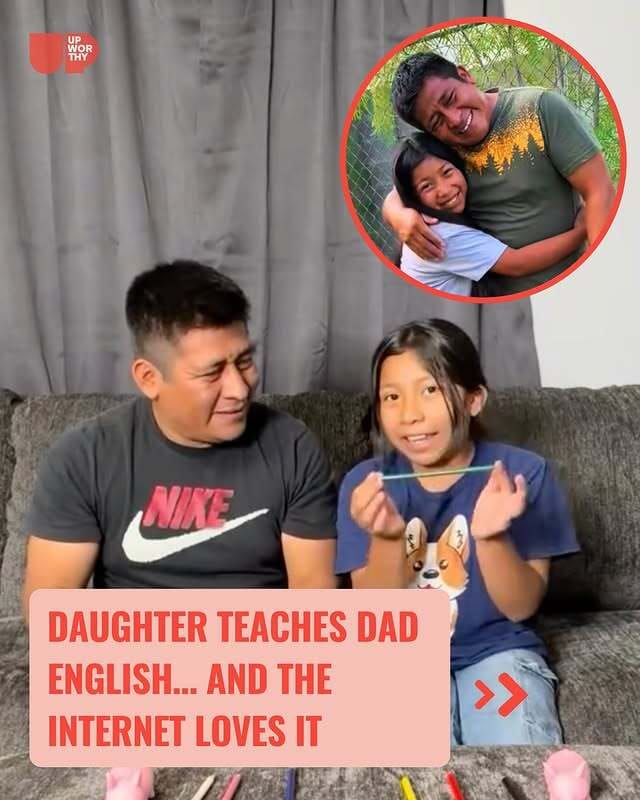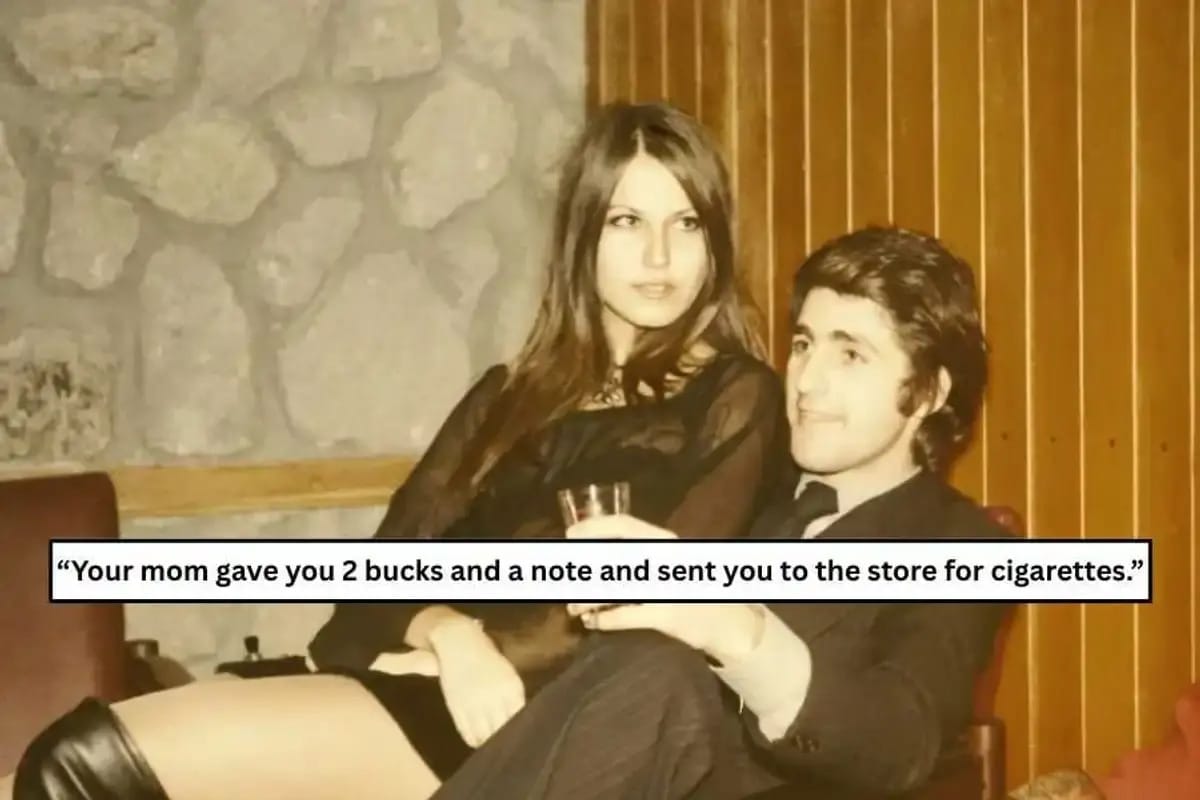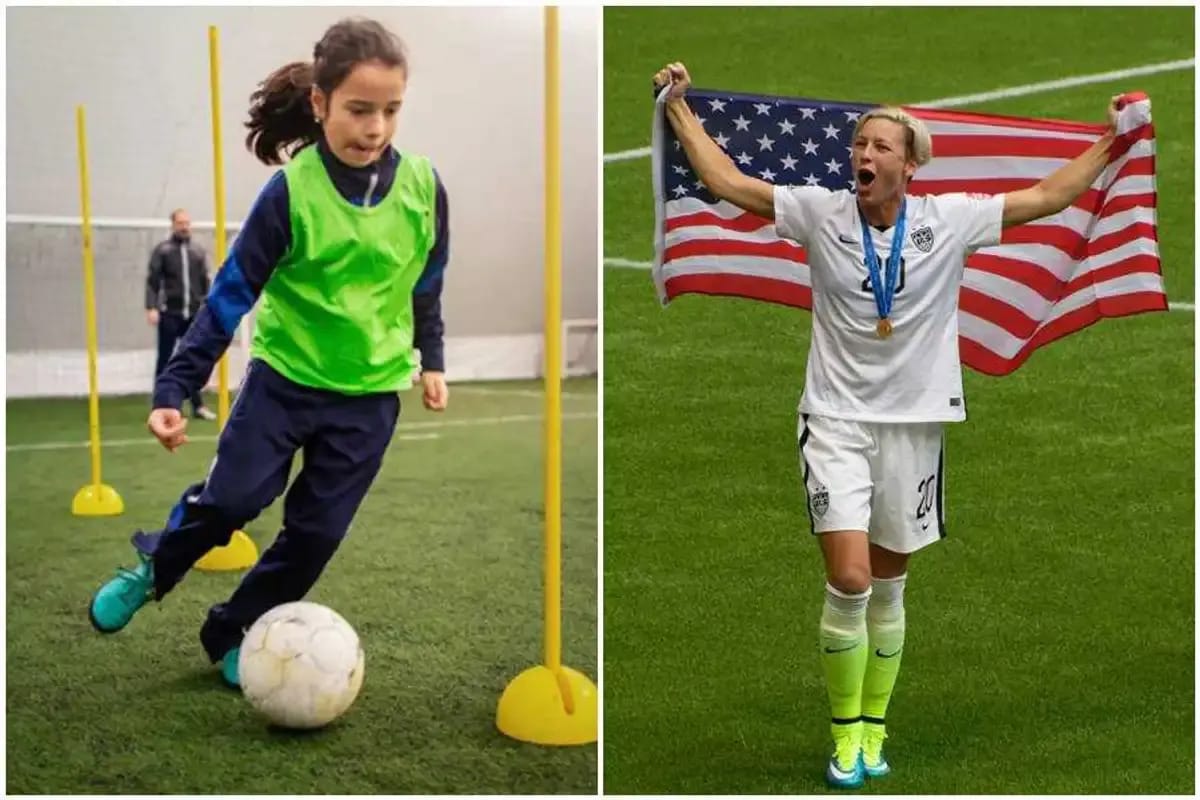- the Upworthiest
- Posts
- New Post
New Post
"I feel seen for the first time in my life!"
So many of us have the desire to compartmentalize our personality traits into neat little boxes. "Oh, she's such an INFJ. Oh, he's such a Gemini." Some of it is rooted (well sort of) in psychology, such as the Myers-Briggs Type Indicator, based loosely on Jungian ideas. Others rely on arguably less scientific data like stars and "rising signs." Humans aren't usually that simple.
That said, there's still value in understanding one's own personality and inclinations. Here's a confession: I've taken countless personality tests because I just couldn't figure out if I was an extrovert or an introvert. Neither description quite fit, and as someone constantly trying to understand what makes me tick, this has been frustrating.
Turns out, there are other options. The term "ambivert" got popularized in the 1930s (after being coined by Edmund S. Conklin in 1923), and it refers to a person "who has features of both an introvert (someone who prefers to spend time alone) and an extrovert (someone who prefers to be with other people) in their personality."
Receive Honest News Today
Join over 4 million Americans who start their day with 1440 – your daily digest for unbiased, fact-centric news. From politics to sports, we cover it all by analyzing over 100 sources. Our concise, 5-minute read lands in your inbox each morning at no cost. Experience news without the noise; let 1440 help you make up your own mind. Sign up now and invite your friends and family to be part of the informed.
Being one of the cool kids isn't a predictor of future success.
By Annie Reneau
Even decades into adulthood, most of us still remember who the popular kids were in high school, at least by face if not by name. Something about adolescent social interactions really sticks with us, and popularity (or lack thereof) is one thing that stands out in a typical high school experience. However, our memories of the popular kids last a lot longer than their actual popularity does, especially if those kids were a particular kind of popular.
Mitch Prinstein, PhD, a clinical child and adolescent psychologist, professor of psychology and neuroscience, and the director of clinical psychology at the University of North Carolina at Chapel Hill, explains that there are two kinds of popularity in his book, Popular: Finding Happiness and Success in a World That Cares Too Much About the Wrong Kinds of Relationships. According to his research, one type of popularity is a predictor of a long and fulfilling life, while the other is the opposite.
Way to go Dad and Teacher Kimi! 🗣️
It wasn't all disco and shag carpets.
By Heather Wake
Movies and other bits of pop culture can feel like little time machines that whiz us right back to periods we never actually lived in. Of course, these worlds, however well-constructed, offer only a glimpse into what life was like for the people who really lived through them. Even films or songs made in the actual decade only offer a limited snapshot of the time. Certain details are bound to get missed.
It’s probably one of the reasons why past decades are so easily categorized into instantly identifiable aesthetics. Take the 1970s, for instance. We instantly think of disco, bellbottoms, hippies, the “free love” movement in full force, etc. But if you ask people who were actually around in the ‘70s, you’d probably find a lot more than just that.
But never fear, we did that research for you!
"What is the purpose of practice?"
By Tod Perry
Taking a kid to soccer practice is a good time for many of us to catch up on our Instagram feeds, read a good book, or sit in the car, where it’s warm, and watch from the parking lot. Sure, it’s great to see your kid run around and be active, but it’s a lot more fun to see them play in a game where something is at stake instead of running drills or playing Sharks and Minnows.
For those who get a little bored at their kid’s practices, you will want to listen to the words of the great Abby Wambach: Don’t go.
Wambach is a retired soccer player, coach, and member of the National Soccer Hall of Fame, who was a regular in the U.S. women's national soccer team from 2003 to 2015. In 2012, she was named the FIFA World Player of the Year. She shared her thoughts on a recent episode of her Welcome to the Party podcast with co-host Rebecca Lowe from NBC’s Premier League coverage.








